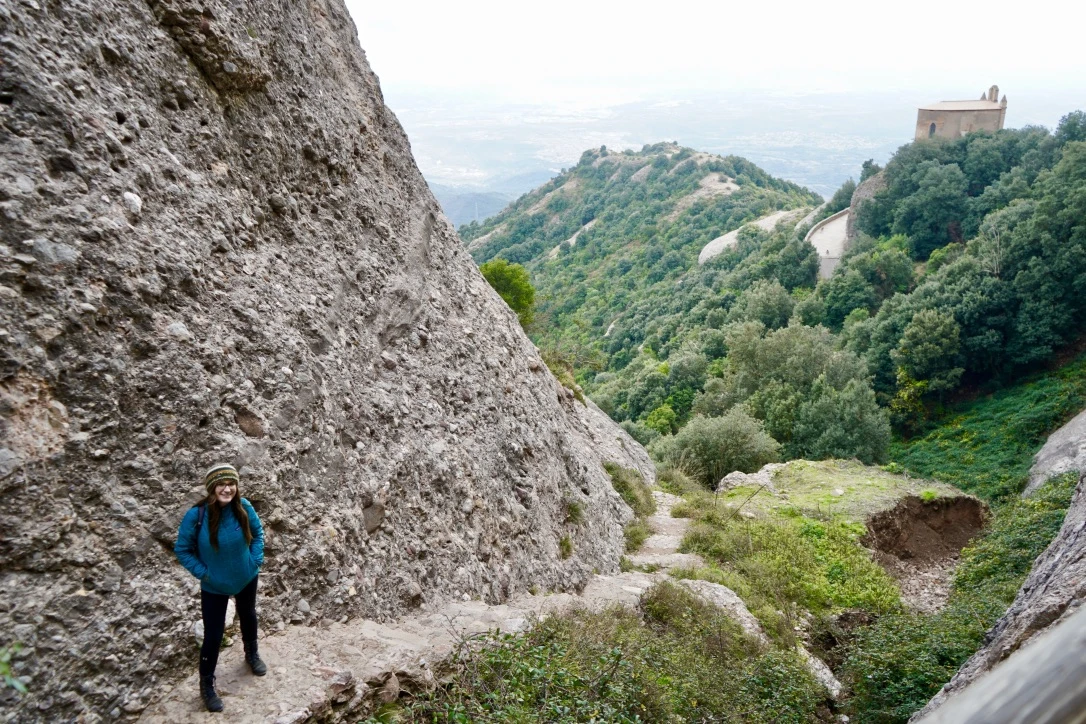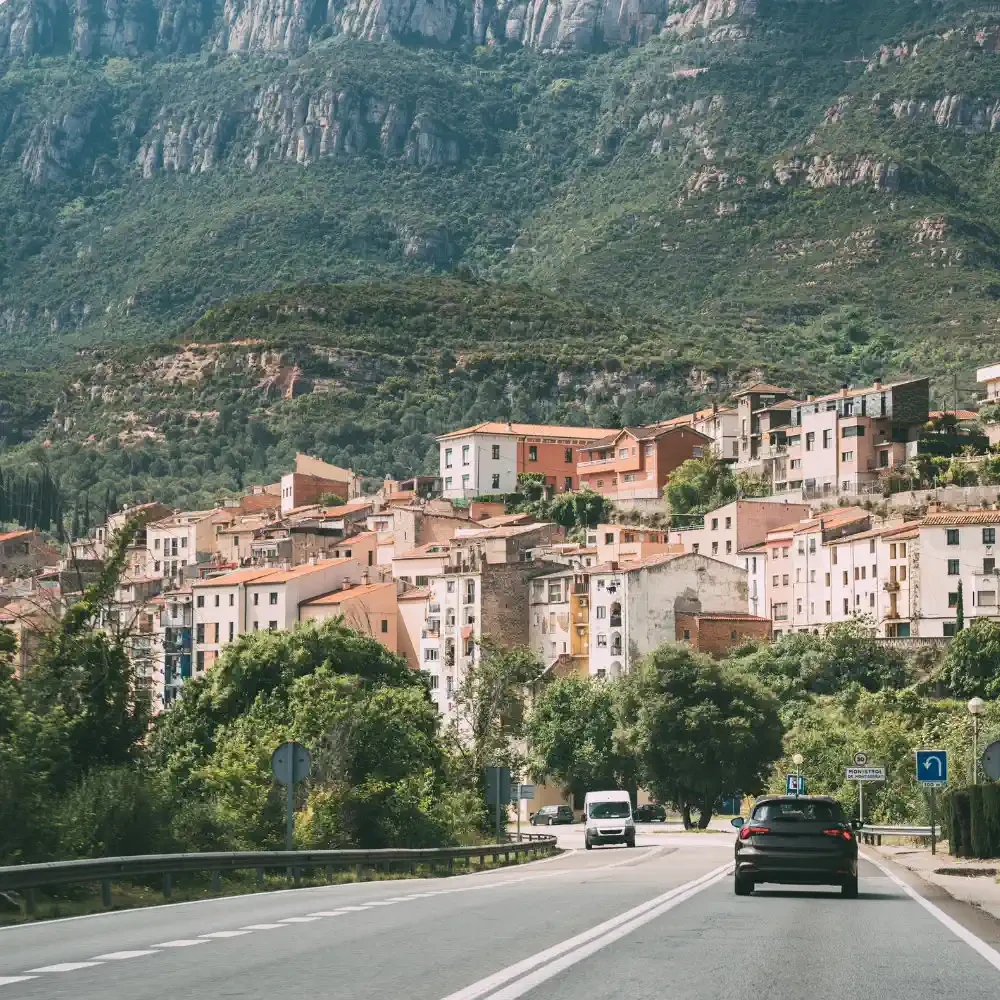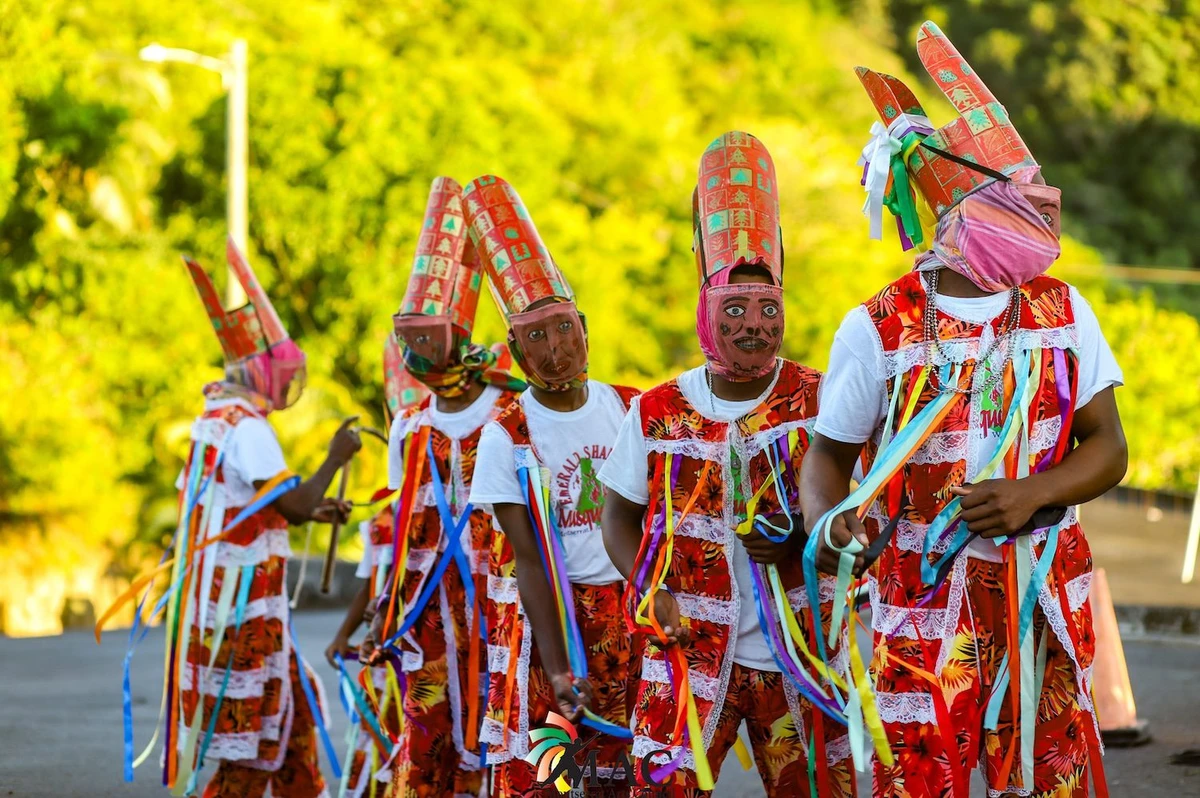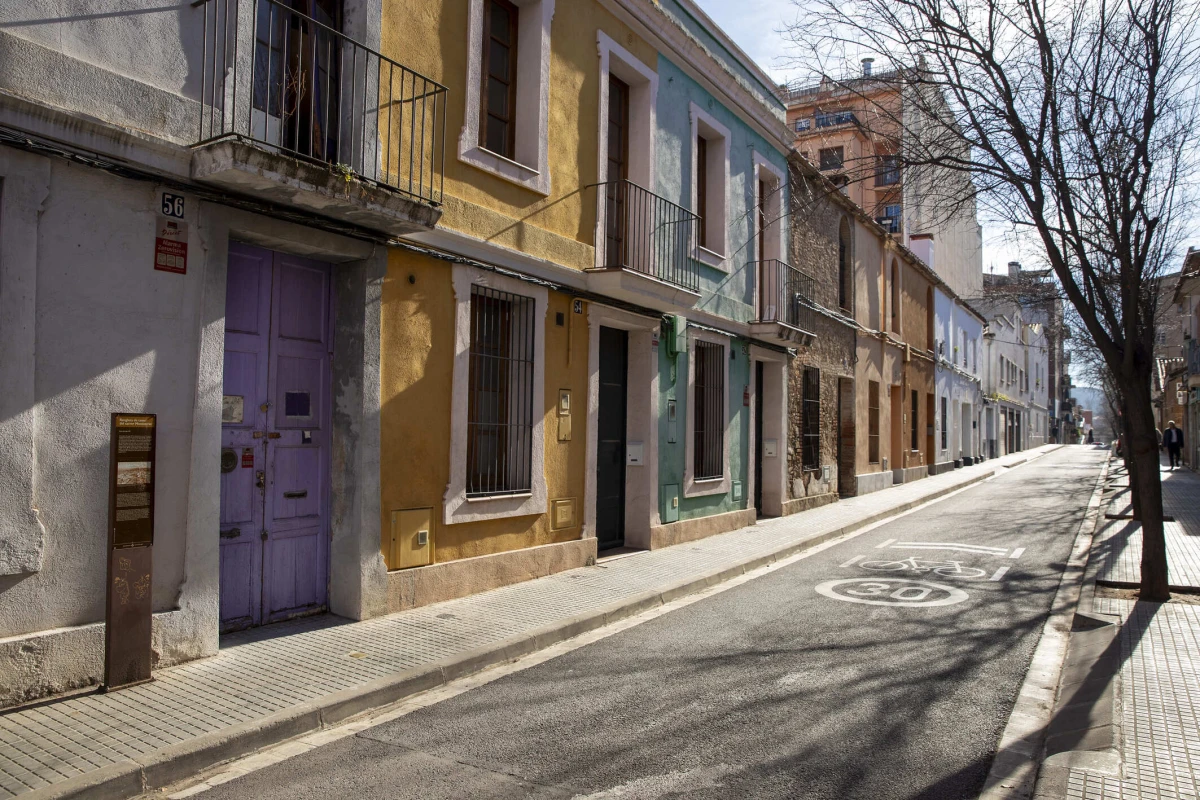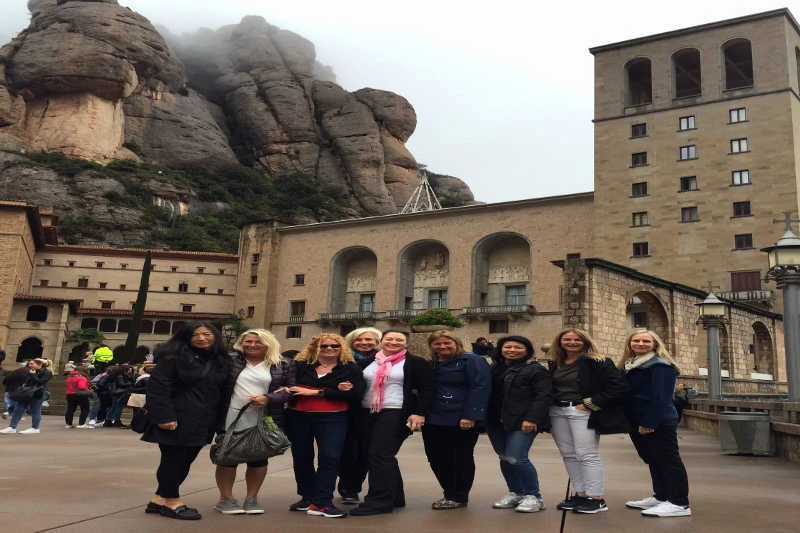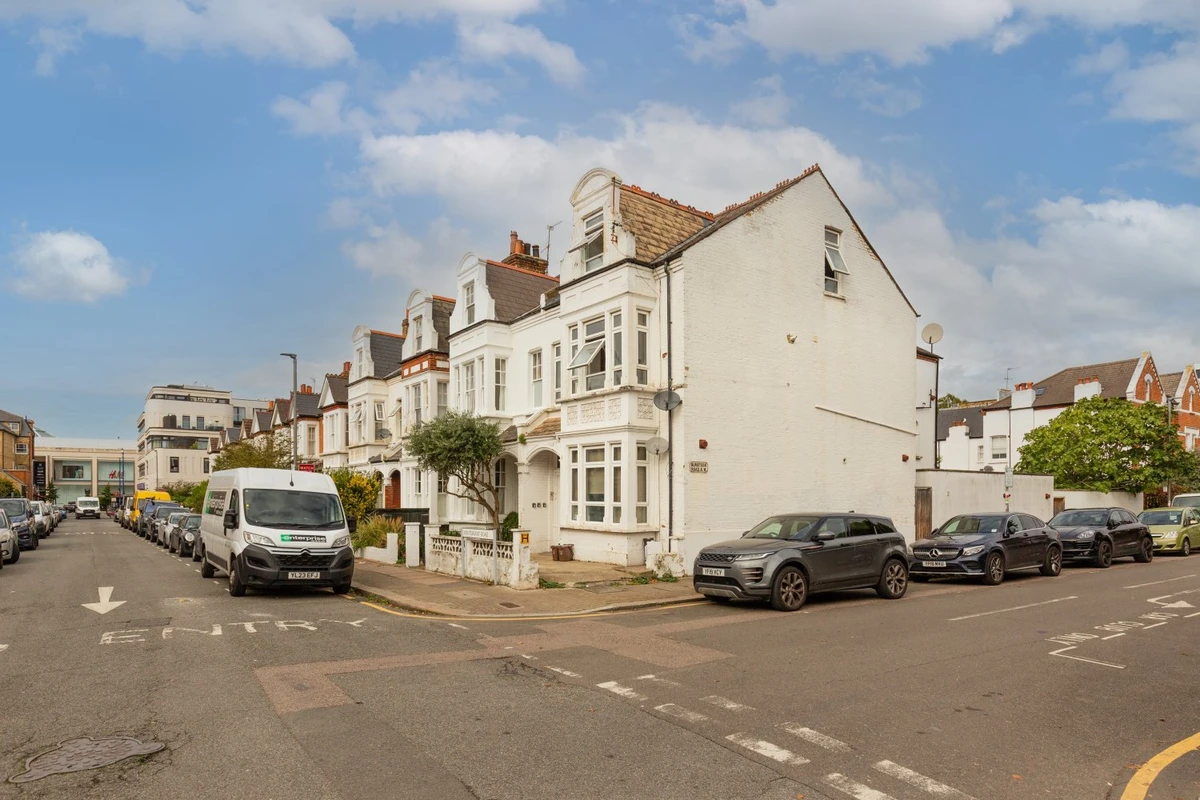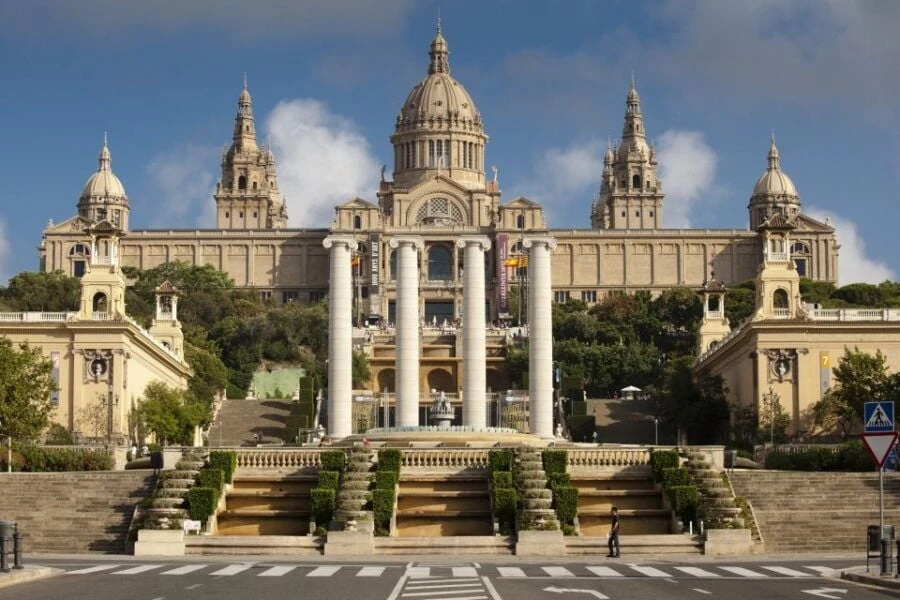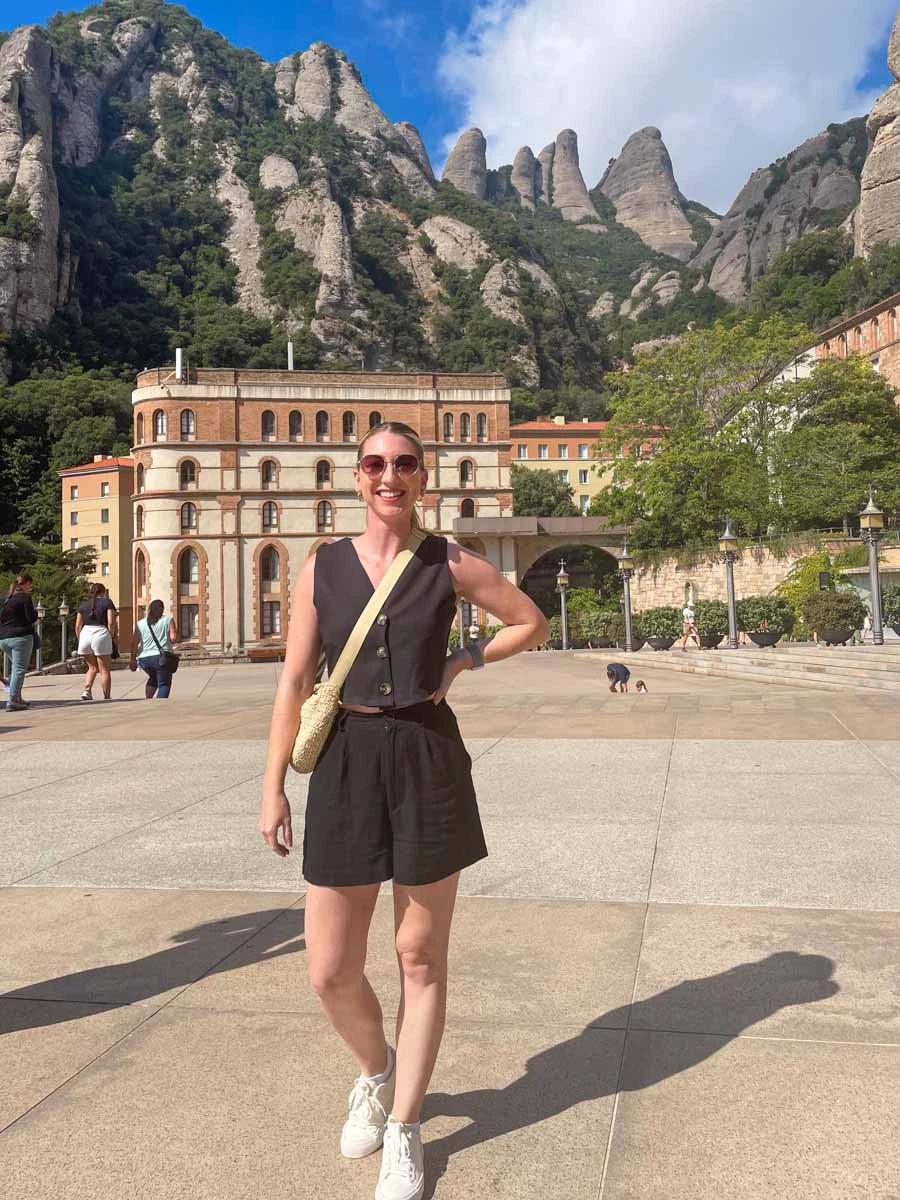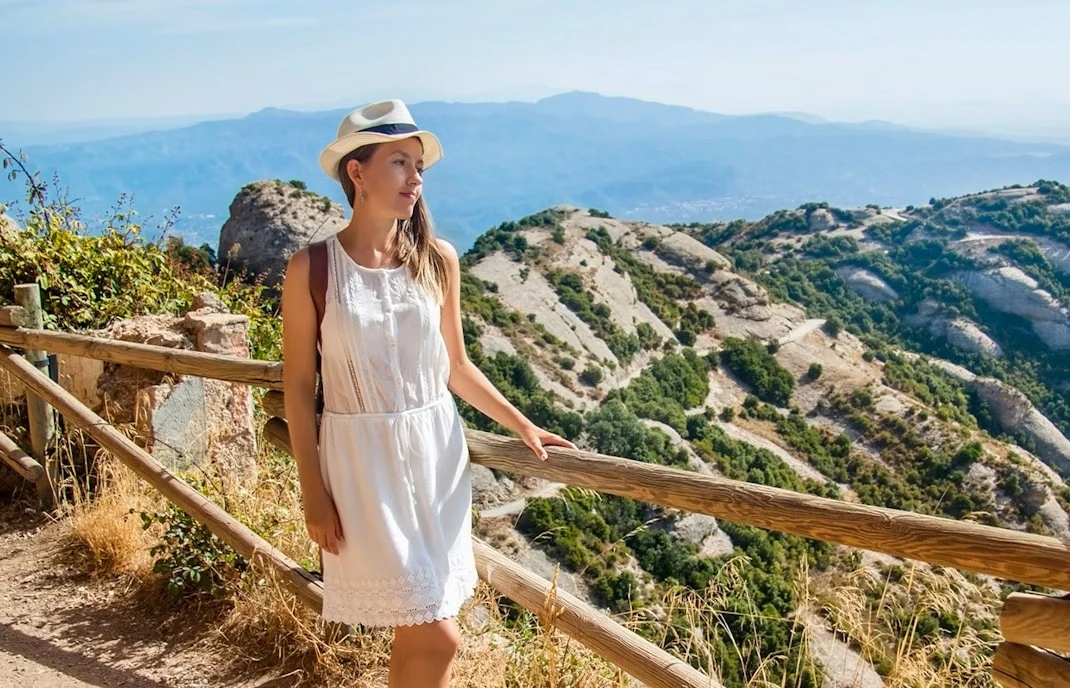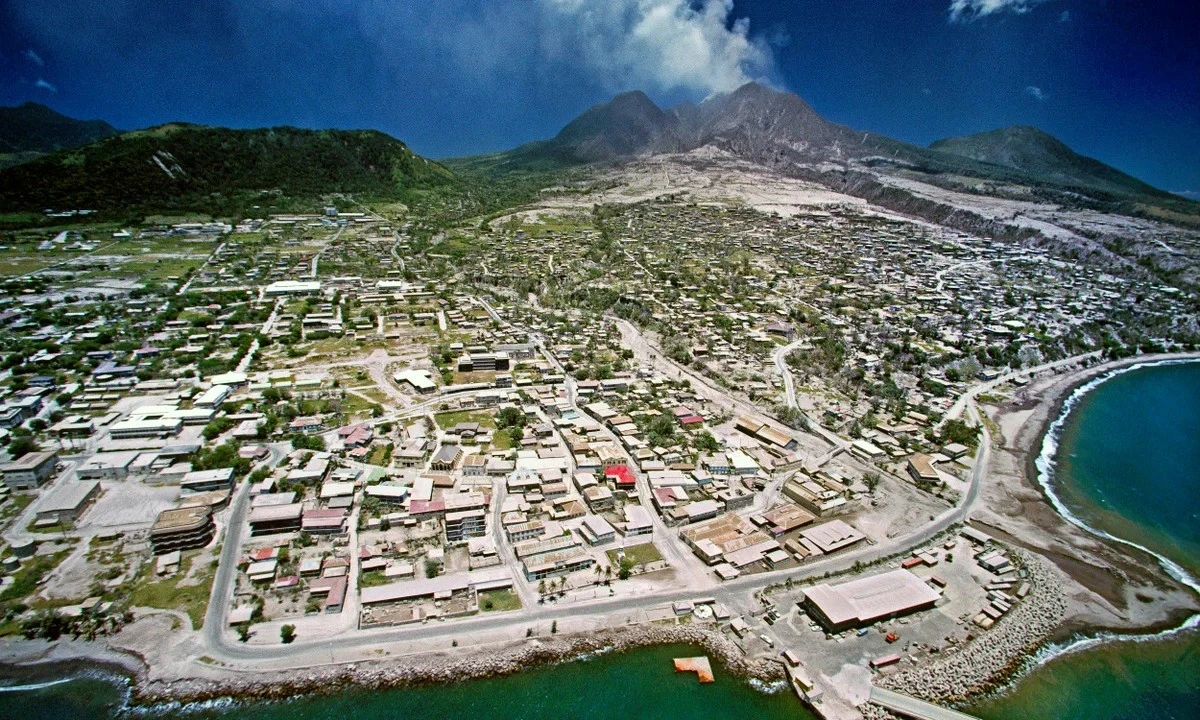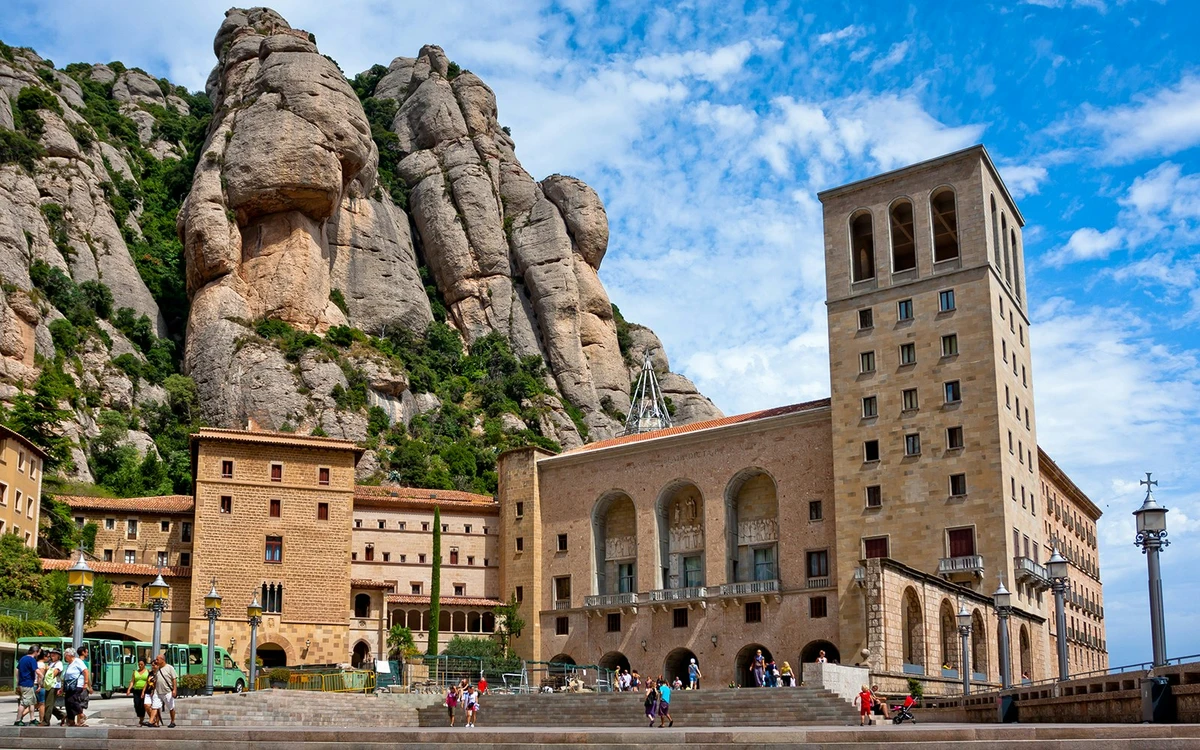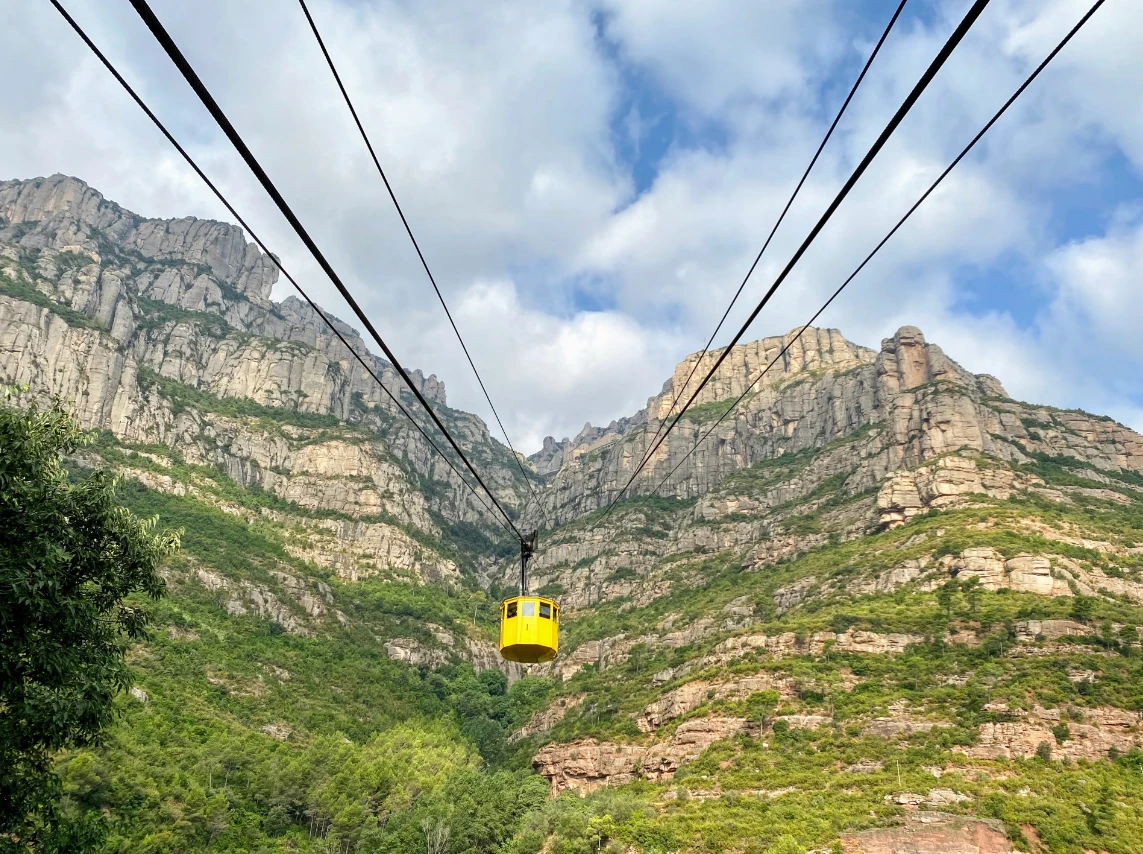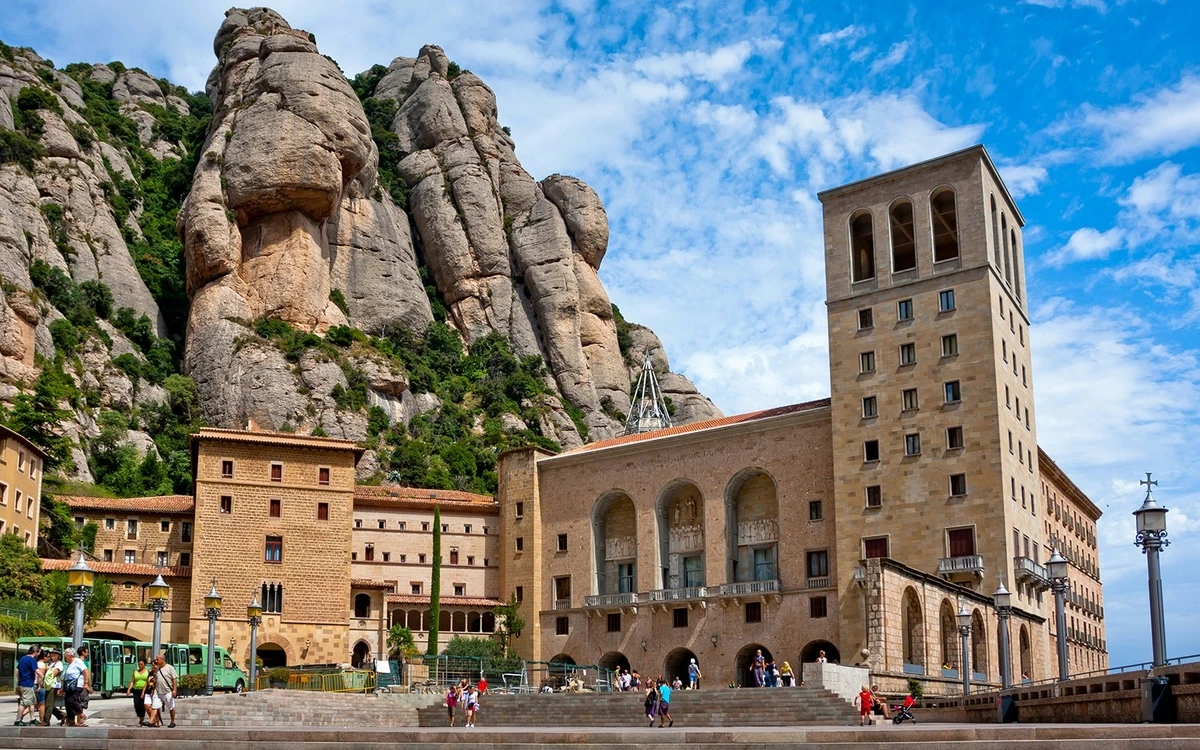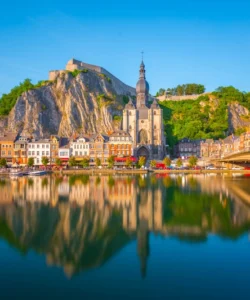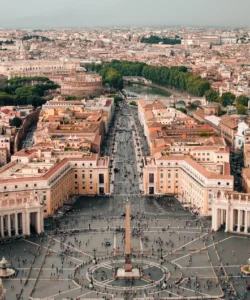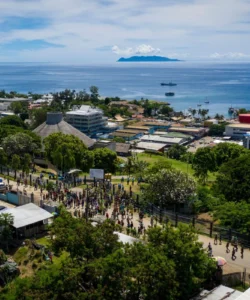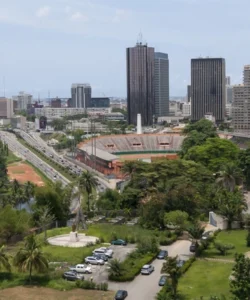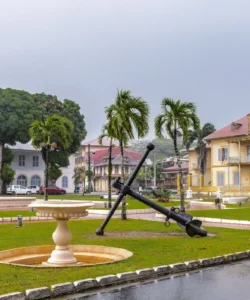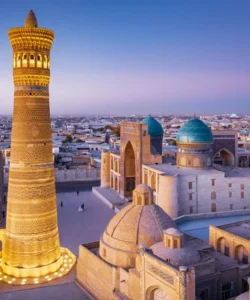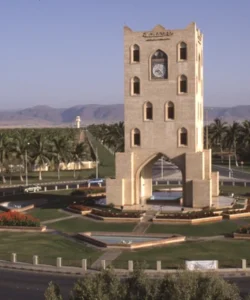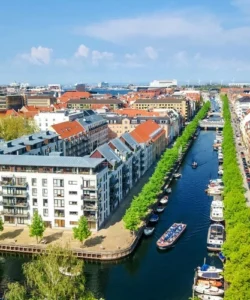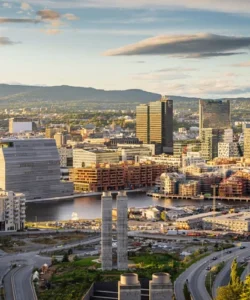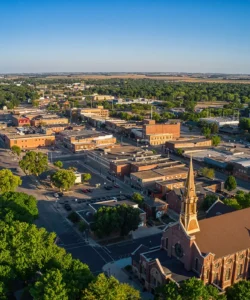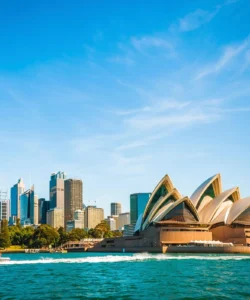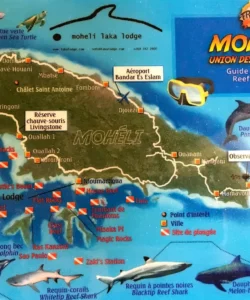Montserrat is a British Overseas Territory in the Caribbean, often called the “Emerald Isle of the Caribbean” due to its lush green landscape and historical Irish connections. However, it’s perhaps most famous for the Soufrière Hills volcano, which became active in 1995, leading to the evacuation and eventual abandonment of its capital, Plymouth, and significantly reshaping the island’s geography and development.
![]()
Here’s a detailed overview:
- Area: Approximately 102 km² (39 sq mi).
- Population: Estimated at around 4,359 people at mid-2025. The population significantly decreased after the volcanic eruptions.
- Language: English is the official language. A local Montserrat Creole is also spoken.
- Currency: Eastern Caribbean Dollar (XCD).
- Religion: Predominantly Christian, with a majority being Anglican, followed by Pentecostal, Roman Catholic, and other denominations.
- Capital: Plymouth (de jure capital, now a modern-day Pompeii due to volcanic ash). The interim seat of government is at Brades Estate in the north of the island.
- Major Cities/Towns: Brades (de facto capital), Little Bay, Salem.
Attractions & Wonders:
Montserrat’s attractions are unique, centered around its volcanic landscape, resilient culture, and natural beauty.
- Montserrat Volcano Observatory (MVO): This is a key attraction, offering insights into the active Soufrière Hills volcano. Visitors can learn about the geology, the impact of the eruptions, and observe the volcano (from a safe distance) through scientific monitoring equipment.
- Plymouth (The Buried City): The former capital, now largely buried under volcanic ash and mudflows, is a modern-day ghost town. Access is strictly controlled, but tours can be arranged to view the devastation from designated safe zones. It’s a poignant and powerful sight.
- Exclusion Zone: A large portion of the southern island is designated as an exclusion zone due to ongoing volcanic activity. While restricted, some viewpoints allow for observation of the dramatic, altered landscape.
- Blacksand Beaches: The volcanic activity has created unique black sand beaches, such as Rendezvous Bay (the only white sand beach, created by a mix of volcanic and coral sand) and Woodlands Beach, offering a different Caribbean beach experience.
- Montserrat National Trust: Manages several historical sites and cultural heritage.
- Montserrat Museum: Provides a glimpse into the island’s history, culture, and the impact of the volcano.
- Centre Hills: The untouched, lush rainforest in the north of the island, a haven for endemic species like the Montserrat Oriole (the national bird) and giant ditch frogs (locally known as “Mountain Chicken”). Offers opportunities for birdwatching and nature walks.
- Lime Kiln Beach: A popular spot for snorkeling and diving, with some coral reefs and marine life.
- Soufrière Hills Volcano: While restricted, the volcano itself is the island’s defining natural wonder, a powerful reminder of nature’s forces.
Architecture:
Montserrat’s architecture reflects its colonial past, its resilience in the face of volcanic activity, and new development.
- Plymouth’s Ruins: The most striking “architecture” is the ghostly remains of Plymouth, with buildings partially buried or destroyed by volcanic flows. These ruins offer a chilling insight into the immediate impact of the volcano.
- New Development: In the safe northern zone, new government buildings, homes, and businesses have been constructed, often in a more modern, practical Caribbean style designed to be resilient.
- Traditional Houses: Some older, traditional Caribbean wooden homes with colorful exteriors and verandahs can still be found in the unaffected areas.
Roads:
Montserrat’s road network is concentrated in the safe northern zone. Roads are generally well-maintained within this area, but they can be winding due to the island’s hilly terrain. Navigating is relatively easy, but visitors should be mindful of local driving habits. Roads into the exclusion zone are strictly controlled and often impassable. A rental car is advisable for exploring the accessible parts of the island.
Hotels:
Accommodation in Montserrat is more modest and intimate compared to larger Caribbean destinations, offering guesthouses, small hotels, and villa rentals.
- Tropical Mansions Suites (Salem): A popular choice with comfortable suites.
- Olveston House (Salem): Famous for being the home of Sir George Martin (of Beatles fame), now a guesthouse and restaurant.
- Grand View Villa (Old Towne): Offers self-catering accommodation with good views.
- Gingerbread Hill (Old Towne): Another well-regarded guesthouse.
- Smaller local guesthouses and private villa rentals are also prevalent.
Restaurants:
Montserrat’s culinary scene is a reflection of its Creole and British heritage, focusing on fresh local ingredients. Dining options are primarily found in the accessible northern areas.
- Olveston House Restaurant: Offers upscale dining, often with local and international dishes.
- Frith’s Beach Bar & Grill: A popular spot for casual beachfront dining and local fare.
- Summer Breeze Bar & Restaurant: Another good option for local dishes.
- Andy’s Restaurant (Little Bay): Offers fresh seafood and local cuisine.
- Folks’ Bar & Grill (Little Bay): A lively spot for food and drinks.
- “Small” local eateries: Don’t miss trying local “cook shops” or informal spots for authentic home-style cooking.
Cuisine:
Montserrat’s cuisine is a hearty and flavorful blend of West African, European (especially British and Irish), and Caribbean influences.
- National Dish: Goat Water (a thick, rich, flavorful stew made with goat meat, vegetables, and spices). It’s a staple at all major events and a source of national pride.
- Other Popular Dishes:
- Mountain Chicken: Despite the name, this is not chicken but the legs of the endemic Giant Ditch Frog (Leptodactylus fallax). It’s a highly prized delicacy, though its population has been severely impacted by disease.
- Saltfish: A versatile ingredient, often prepared with onions and peppers, or in fritters (saltfish cakes).
- “Cook-up” Rice: A one-pot rice dish with various meats (chicken, salted pork) and vegetables.
- Fungi: A cornmeal side dish, similar to polenta, often served with fish or stews.
- Doubles: Indian-inspired street food with curried chickpeas served between two fried flatbreads.
- Patties: Savory pastries filled with seasoned meat or vegetables, similar to Jamaican patties.
- Fresh Seafood: Grilled or fried fish (snapper, mahi-mahi), lobster, and conch.
- Local Fruits: Mangoes, soursop, sugar apples, and other tropical fruits.
- Irish Influence: You might find elements like bread pudding or more substantial stews, reflecting the historical Irish settlement.

